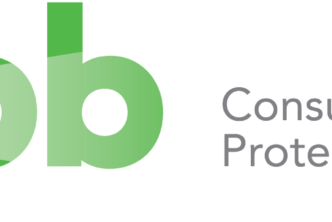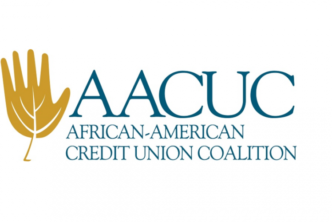In a significant development for the credit union sector, the American Association of Credit Union Leagues (AACUL) recently joined Inclusiv to discuss the Greenhouse Gas Reduction Fund (GGRF) and the unprecedented opportunities it presents for clean energy and green lenders. The discussion focused on the upcoming grant applications for a $1.87 billion allocation designated for credit unions, which are expected to open in the fourth quarter of 2024 or the first quarter of 2025.
A New Era of Green Lending
The GGRF, a $27 billion fund, aims to empower credit unions to play a crucial role in reducing greenhouse gas emissions, delivering tangible benefits to Americans, particularly in low-income and disadvantaged communities, and mobilizing capital towards green initiatives. This fund represents a historic moment for credit unions to expand their involvement in the clean energy sector.
Particularly noteworthy is the $6 billion Clean Communities Investment Accelerator (CCIA), of which $1.87 billion has been allocated to Inclusiv for distribution to credit unions. Inclusiv will offer comprehensive support, including all necessary training for credit unions, ensuring compliance with the fund’s requirements.
Inclusiv’s Solar and Green Lending Program
Inclusiv has been proactive in preparing credit unions for these opportunities through their Solar and Green Lending Program. This initiative provides education on various aspects of green lending, including green home improvement loans, solar lending (both consumer and commercial), and an introduction to solar finance. Graduates of this program can continue their engagement through an alumni community, which serves as a platform for ongoing discussions, best practices, and assistance as new challenges arise.
Funding Breakdown and Expectations
The $1.87 billion allocation for credit unions under the CCIA includes:
- $1.5 billion in grants for capitalization funding, with a maximum of $10 million per lender.
- $168 million for operations and training, with a maximum of $1 million per lender, which can be used to hire employees to manage these green initiatives.
The average expected grant for each credit union is approximately $3.5 million. Importantly, 100% of the CCIA funds must be used to support low-income and disadvantaged communities, aligning with the GGRF’s broader goals.
Flexibility and Accessibility
One of the key takeaways from the discussion is that credit unions do not need to be designated as Community Development Financial Institutions (CDFIs) or low-income designated (LID) to apply for these funds. Instead, applicants must demonstrate how they serve low-income communities within their membership, making this opportunity accessible to a broader range of institutions.
Examples of Eligible Loan Uses
The funds provided through the GGRF can be used for a variety of green initiatives, including:
- Home energy improvements
- Efficient appliances, such as heating and cooling systems
- Electric vehicles
- Solar and battery storage solutions
Looking Ahead
As the grant applications are set to open in late 2024 or early 2025, credit unions are encouraged to start preparing now to take full advantage of this historic opportunity. Inclusiv’s ongoing educational programs and support will be instrumental in helping credit unions navigate this new landscape of green lending and ensure they can effectively contribute to reducing greenhouse gas emissions while supporting their communities.
This initiative marks a significant step forward in the intersection of financial services and environmental stewardship, with credit unions poised to play a leading role in the transition to a greener, more sustainable economy.




